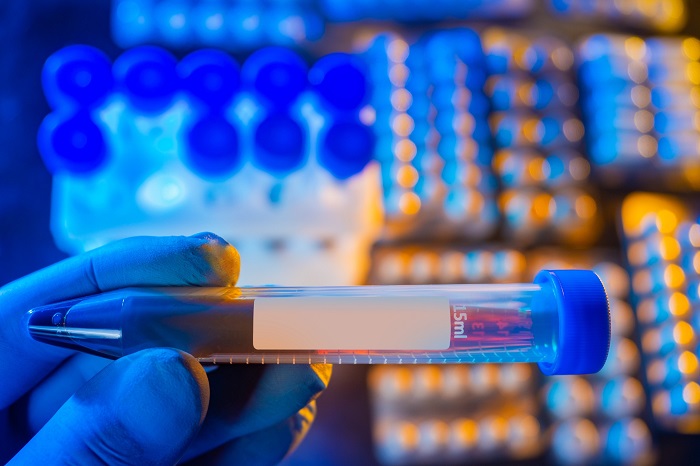Precise Cancer Detection Method as Quick and Easy as Blood Test
Posted on 04 Jun 2024
Researchers have unveiled a groundbreaking method to detect cancer, potentially simplifying the process to just taking a blood test. This technique, which boasts a 98.7% accuracy rate, combines optical imaging technology with fluorescent imaging. The method’s capability to identify cancer at its initial stages could significantly enhance the effectiveness of treatments.
The highly accurate method developed by a research team at the University of Houston (Houston, TX, USA) enables the examination of extracellular vesicles or EVs—nanometer-sized membrane sacs present in the bloodstream that can transport various cargoes, including proteins, nucleic acids, and metabolites. In 2020, the research team introduced PANAROMA, an optical imaging technology featuring a glass slide covered with gold nanodiscs. This setup permits the observation of light transmission changes and the determination of nanoparticles as small as 25 nanometers in diameter. The technology's name, PANORAMA, stands for Plasmonic Nano-aperture Label-free Imaging, highlighting its critical features. For this particular study, the focus was on counting small EVs to detect cancer.

By setting a cutoff of 70 normalized small EV counts, the team noted that all cancer samples from 205 patients surpassed this threshold except for one. Conversely, among the healthy samples from 106 individuals, only three did not meet this threshold. This resulted in a cancer detection sensitivity of 99.5% and a specificity of 97.3%. Further testing of the 70 normalized small EV count threshold was conducted on two independent sample sets from patients with stage I-IV or recurrent leiomyosarcoma/gastrointestinal stromal tumors and early-and-late-stage cholangiocarcinoma. These samples were anonymously labeled and mixed with healthy samples, where the method achieved 100% accuracy. The team's findings were published in Nature Communications Medicine on May 25, 2024
“We observed differences in small EV numbers and cargo in samples taken from healthy people versus people with cancer and are able to differentiate these two populations based on our analysis of the small EVs,” said Wei-Chuan Shih, Cullen College of Engineering professor of electrical and computer engineering. “With further optimization, our approach may be a useful tool for cancer detection screening in particular and provide insights into the biology of cancer and small EVs.”













